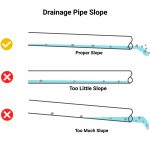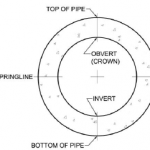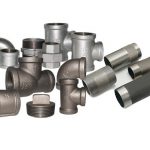The trap guard provides a novel, trapless way of sealing sewer gas from returning through a drain. It competes as an alternative or potential supplement to p-traps. In this article, we explore the need for traps, how a trap guard functions, and how alternatives function.
The Need for Traps
Plumbing connections supply and dispose of water. Plumbing systems must be odorless, carefully designed, and properly installed.
Much potable water discharge can be classified as sewage. Sewage is wastewater that creates foul gases. The gases may include carbon monoxide, sulfide, or methane which are hazardous to human health. Production of these gases is unavoidable, but strategic blockage prevents these gases from entering the facility. Here come the plumbing trap guard to the rescue.
How A Trap Guard Functions
The trap guard lies claim to blocking sewer gases and preventing sewer backups.
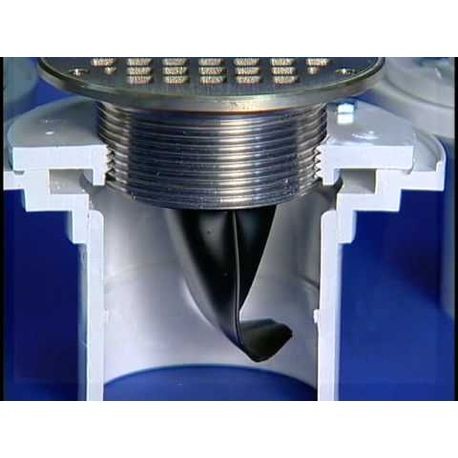
Depending on the local building code, it may provide a code-approved replacement to its more conventional alternatives. The trap uses no consumable water to fill the lost trap seals. It press-fits into any drainpipe in the closed position. Comprised of flexible rubber, the material opens when the water releases and promptly closes to block both water-seal dissipation and any sewer gas emissions.
Trap Guard Alternatives
Generally, the most frequent alternative to a trap guard is simply a trap. The trap configures in a multitude of different ways, but the general operating process remains the same.
There is a water seal in the bend of the traps that prevents sewer gases from spreading in the drain while permitting wastewater to pass by. Even though all solids will stay in the trap for separation. Each time the trap works, new liquid comes into the trap, flushing out any leftovers that might be present in the trap spot of the pipe.
In short, traps normally get water from spills, mopping, or trapping devices. Sometimes, they will be intentionally filled with water to prevent them from drying out.
Siphoning
Sanitary waste piping is designed to flow half full of fluid. The air-water mixture limits pipe pressurization and permits an even flow in the drain. However, there are areas inside a sanitary waste system where this standard flow profile doesn’t happen.
By design, plumbing design includes an area where water flows vertically and shifts direction to horizontal flow. This area creates turbulence and allows for a complete filling of the pipe for a small distance. At this spot, turbulence in the water disturbs this normal airflow.
This area that’s filled with water, sometimes called a slug, moves rapidly because of gravity. When floor traps connect with this horizontal pipe inside this area, this water slug creates positive pressure upon entry and negative pressure upon exit. Clearly this siphons water out of traps as the system adjusts pressure by pulling air via traps.
Capillary Action
Sometimes, traps have water pulled out of them through capillary action. It is normal for waste items like hair, mop head threads, and other string-like things that end up blocking the drainage system.
When one end of the string, thread, or similar object is in the trap, and the opposite end is on the trap’s drain side, capillary action can make the waste object gradually pull water out of the trap just like the wick in the candle pulls up the wax.
The P-Trap
A P-trap provides the most common alternative to the trap guard. The P-tap comprises a bent pipe path that holds liquid to block sewer gases from returning back into the space while permitting waste materials to pass by.
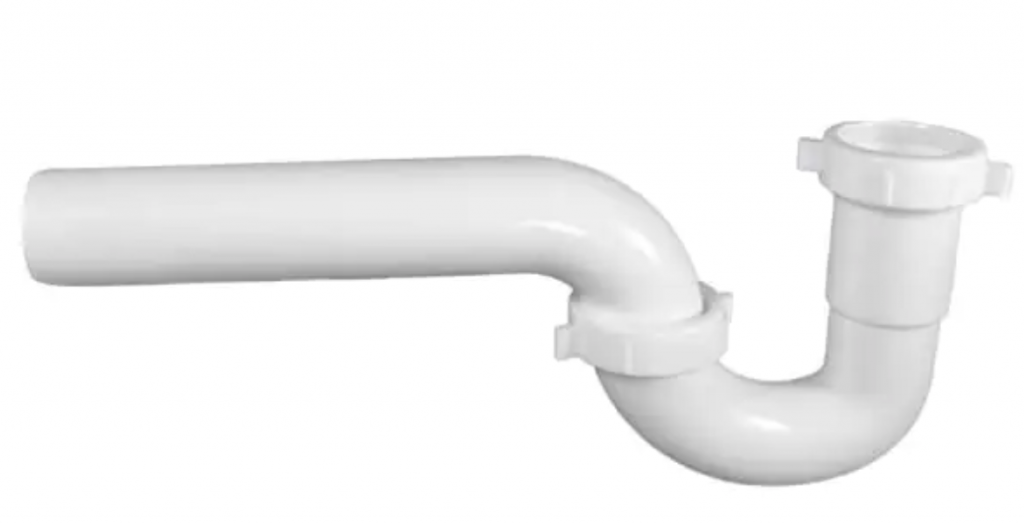
Other Common Alternatives
The most common alternatives to the P trap are the S Trap and Q Trap. These alternatives provide a highly similar operating principle to the P trap.
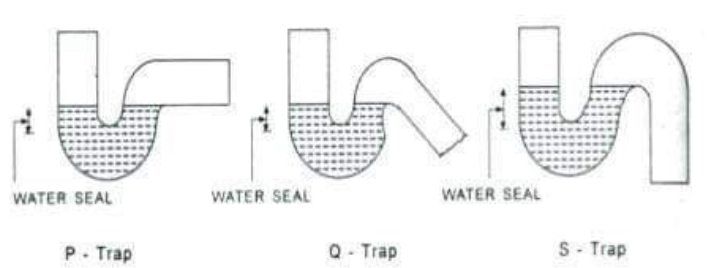
Multiple additional configurations exist. Examples include the Floor Trap, Gully Trap, Bottle Trap, and are accessible in various materials like GI, PVC, etc.
These traps possess the following features:
- Block path of foul gases, parasites, or insects in sewers
- Protection from damage, and household chemicals
- Self-cleaning & anti-rodent
- Fast & easy installation
- Economical & environment-friendly
- Long service life
Is a Trap Guard a Good Buy?
Trap guards see limited use in commercial and industrial applications due to pre-existing building codes or specifications that favor more traditional installations. They have been rightly criticized due to the natural degradation of their polymer construction. Such material degradation causes the material to not close properly, thus allowing sewage gas to pass.
For non-critical applications, trap guards may provide a quick and useful alternative to conventional traps. However, for standard and long-term use, the robust design of conventional traps simply cannot be beaten.

